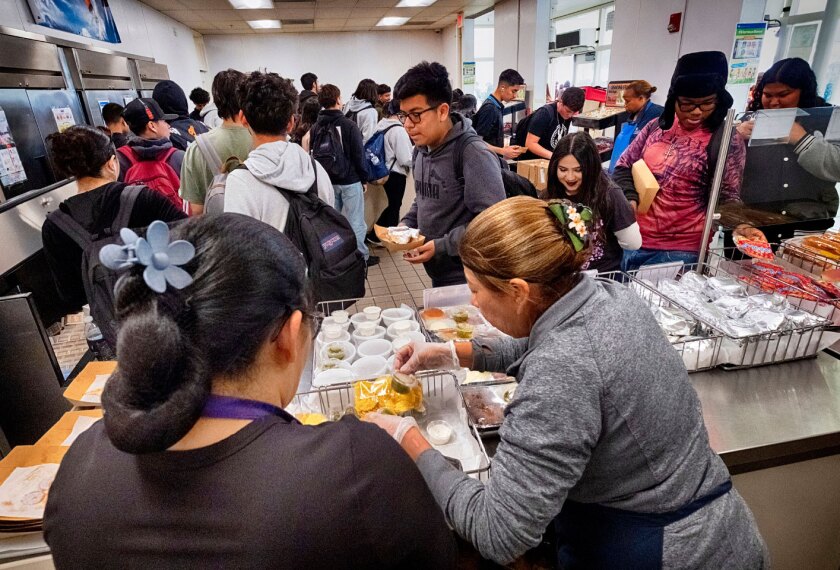Includes updates and/or revisions
State-level implementation of the federal No Child Left Behind Act has changed how education is delivered and to whom, researchers have found. Still, they say, it’s difficult in some cases to measure which changes can be attributed solely to the law.
The researchers presented their findings at a conference hosted yesterday by the Washington-based Urban Institute’s National Center for Analysis of Longitudinal Data in Education Research and the National Center on Performance Incentives at Vanderbilt University. They studied state implementation of the landmark federal education law and its impact on student achievement, teacher distribution and quality, and the teaching of subjects not covered in the law, among other topics.
With Congress likely to take up reauthorization of the law next year—an attempt in 2007 stalled on Capitol Hill—researchers and policymakers are looking for lessons learned. Diane Whitmore Schanzenbach, a University of Chicago economics professor, said lawmakers looking at the NCLB law should “mend it, not end it.”
“It’s working in that people are responding to the incentives under NCLB right now, but some of the incentives are bad.”
In research by Ms. Schanzenbach and her colleague Derek Neal, they found the law’s current structure gives schools a perverse incentive to leave the worst- and best-scoring students behind, instead concentrating primarily on students in the middle.
The research may also serve to inform a number of issues that could factor into the shape a revised law might take. For example, policymakers have debated the merits of allowing states to use growth-based models to measure student achievement, rather than the NCLB’s model of looking at year-over-year percentages of students scoring at the “proficient” level on state tests.
Duke University’s Helen Ladd and Douglas L. Lauen of the University of North Carolina at Chapel Hill compared the effects of that state’s accountability policy, which uses a growth model, with the NCLB model.
In examining the math and reading test scores of North Carolina public school students from 1998 to 2007 using the growth model, Ms. Ladd and Mr. Lauen found relative gains for top-scoring students, with gains or no effects at the bottom.
Under NCLB’s traditional approach, using statuses to denote whether a school made the bar for proficiency, they discovered high-achieving students were showing relative losses in their reading performance, while students at the bottom made gains. Mr. Lauen said that might indicate a lack of emphasis on helping high-achieving readers move ahead. In both cases, students saw gains in math.
Focus on Teachers
Researchers also looked at the impact of the law’s accountability and teacher-quality provisions on teachers and teaching.
In a study of California schools, David P. Sims, an economics professor at Brigham Young University in Provo, Utah, examined the effect that having enough students to constitute a “subgroup” had on a school’s ability to make adequate yearly progress under the law and the resulting impact on teacher turnover.
Mr. Sims found that schools with enough Hispanic or black students to be counted as a separate subgroup were more likely to not meet AYP under the NCLB law and to lose experienced teachers after the failure to meet AYP is made public.
“Subgroup rules lead to comparable schools being evaluated by different standards, which isn’t necessarily bad, but important to understand when denoting what ‘failure’ means,” Mr. Sims said.
He used two suburban Sacramento, Calif., elementary schools to illustrate his point.
Susan Anthony Elementary had 49 Hispanic students—not enough to count for a subgroup—and the school made AYP. But neighboring Caroline Wenzel Elementary had 52 Hispanic students, enough to count as a subgroup, and failed to meet AYP.
Stanford University’s Susanna Loeb took a look at the NCLB provision requiring that teachers be “highly qualified” and its effect on the teacher workforce.
She found that as a result of that provision, more states are recruiting teachers through alternative-certification programs and that those teachers came into schools with more demonstrated knowledge of the content areas they are expected to teach.
For example, between 2002 and 2008, the number of math teachers who entered New York City schools through its Teaching Fellows math-immersion program was far greater than those hired through the traditional route or via emergency certification. She said the teachers hired through the fellows program tended to be better prepared.
Ms. Loeb also noted that states come up with their own definitions of highly qualified under the law, and that leads to wide variations. South Dakota requires 12 credit hours of coursework, compared with 46 hours in Utah for its education majors, she said.
“Of course, qualifications don’t equal quality,” Ms. Loeb said.




